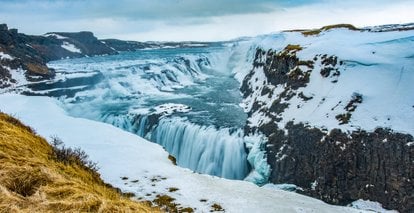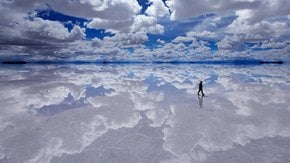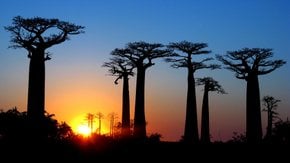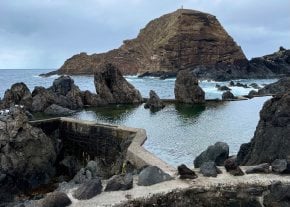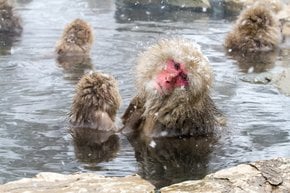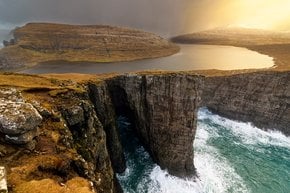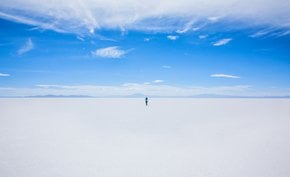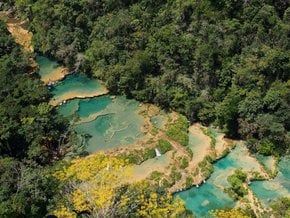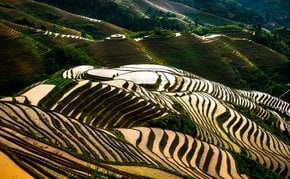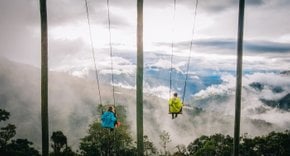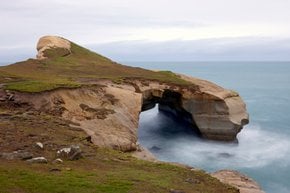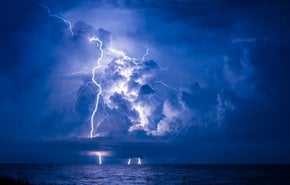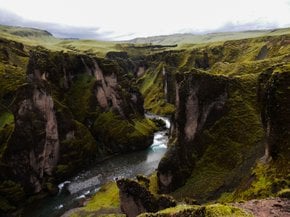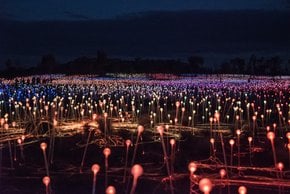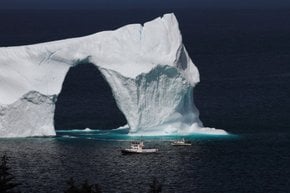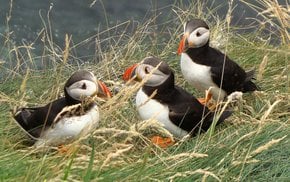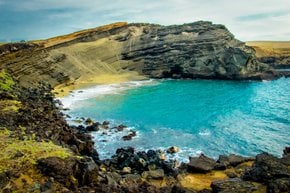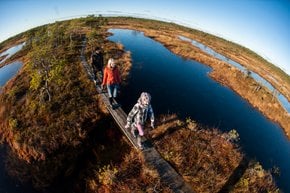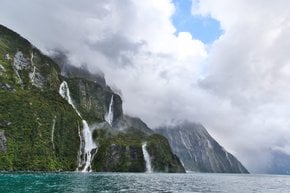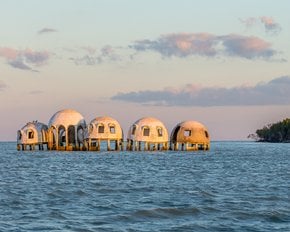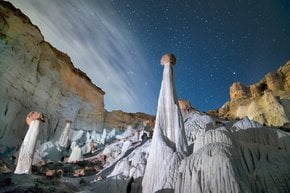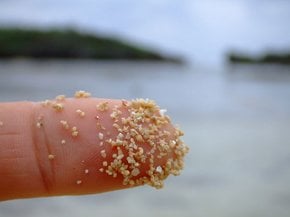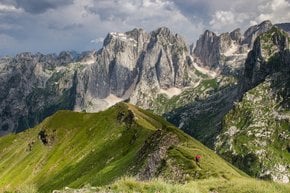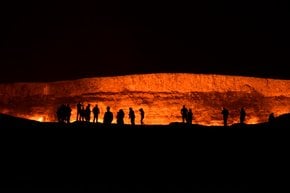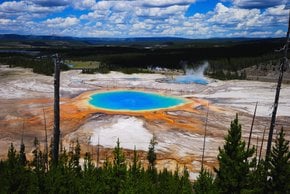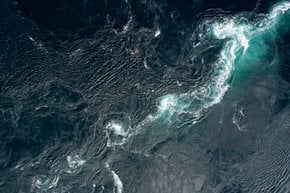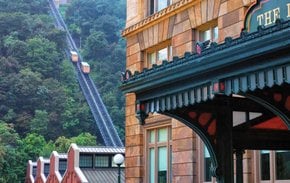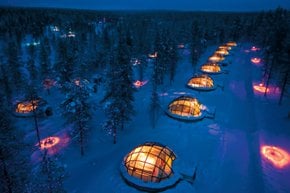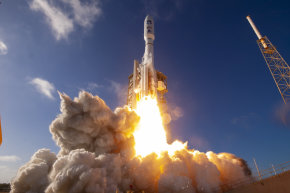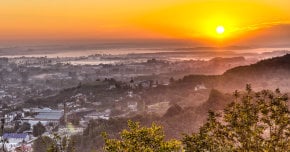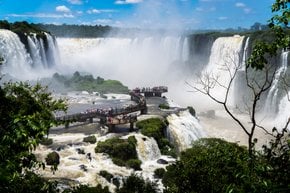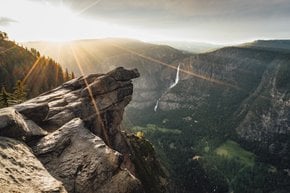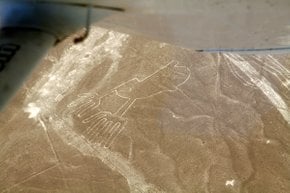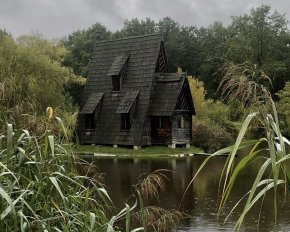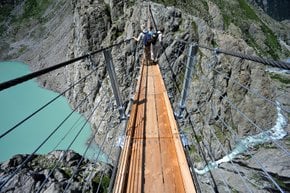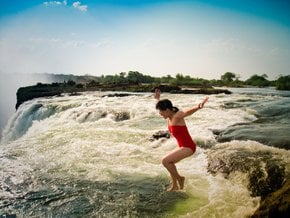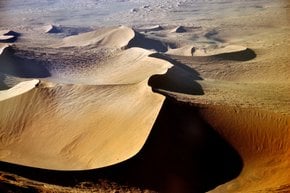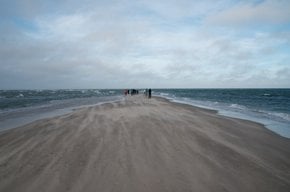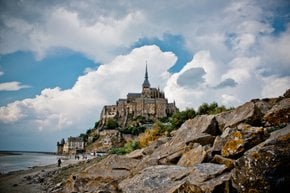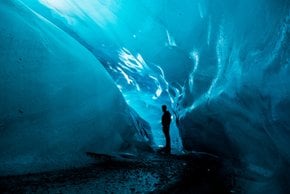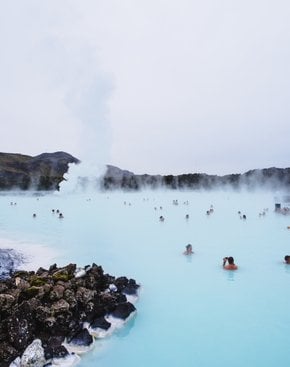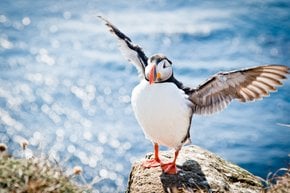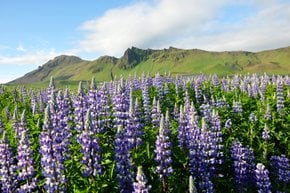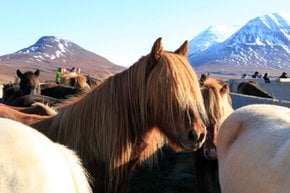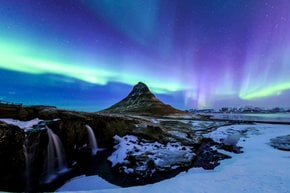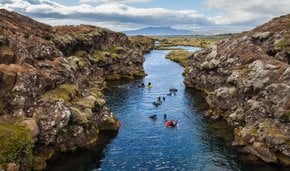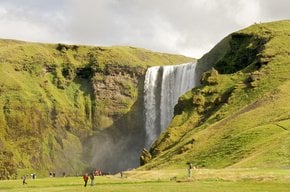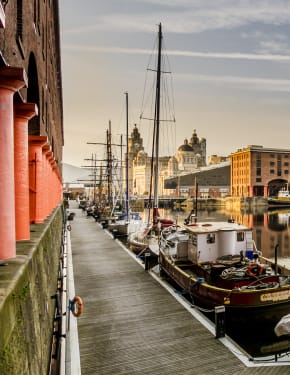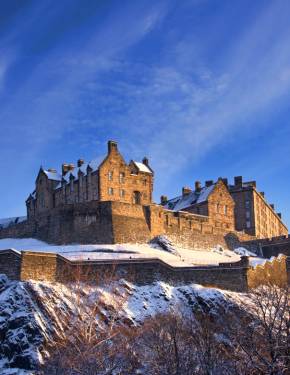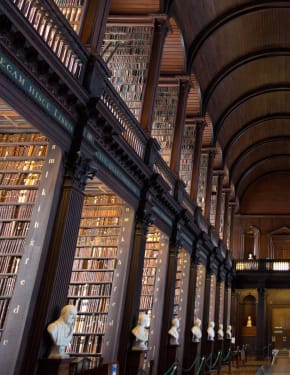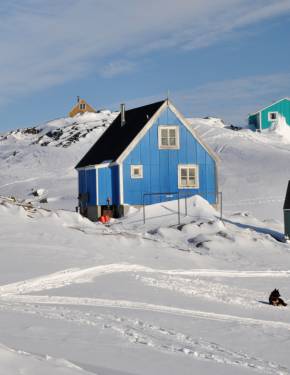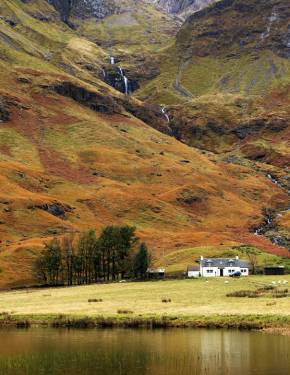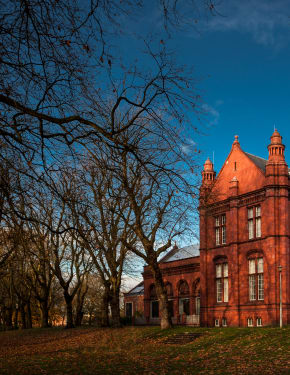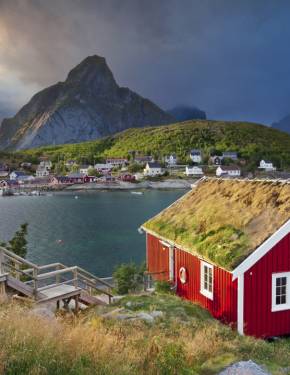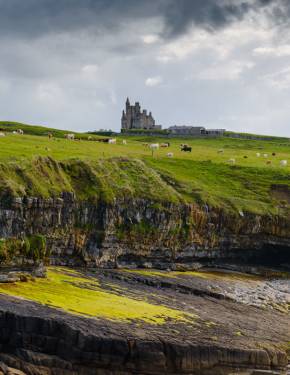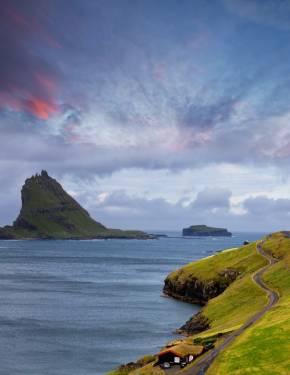Golden Circle in Iceland 2025-2026
Follow the legendary trail in the southwest of Iceland and you will see massive waterfalls, shooting geysers, and separating tectonic plates
Best time: June–August (better weather) | September–May (low season)
The Golden Circle is the most popular route in Iceland that encompasses the best of its southwest. You'll discover such iconic landmarks as Thingvellir or Pingvellir (Þingvellir) National Park, Geysir Area, and Gullfoss Falls. Thingvellir is the point of the continental divide—North American and Eurasian tectonic plates drift apart a few centimeters each year. Geysir Area will impress you with a variety of big and small geysers. The most stunning one is Strokkur—every eight minutes, it shoots a boiling fountain 98 ft (30 m) high.
Everyone going to Iceland must have heard of well-known Gullfoss Falls (Golden Falls), still seeing them in life is way more impressive than reading about them or even watching them in a video. It looks as if the Earth has opened up into a huge hole and gave way to this massive flow of water that gushes in all possible directions.
Best Time to Go to Iceland for the Golden Circle
The best time to visit Iceland’s Golden Circle is during the summer months (June to August) when the weather is more stable and temperatures are warmer. However, the low season (September to May) also has its perks, including fewer crowds and lower prices on rentals and tours. No matter when you visit, be prepared for Iceland’s unpredictable weather.
High season for the Golden Circle is from June to August, offering more favorable weather conditions. However, it can be a bit more crowded, making rentals and tickets more expensive. Low season is from September to May, offering discounts on tours and rentals, but prepare for the cold weather. Also, daylight hours will be shorter, and weather conditions may be unpredictable.
Golden Circle Tours
The tour is available all year round. The high season due to warmer and more stable weather is summer (June to August). The low season has its benefits too—you can find cheaper rental costs and other discounts. But be prepared to experience four different seasons in a single day.
Reykjavik Excursions offers the "Golden Circle Direct" tour priced at approximately 9,009 ISK (about $64 USD). They also provide combination tours, such as the "Golden Circle & Friðheimar Greenhouse" tour for around 8,074 ISK (about $57 USD).
Icelandair provides the "Golden Circle Direct" tour starting from $84 USD, with two daily departures for flexibility.
Wake Up Reykjavik features a full-day (8-9 hours) Golden Circle tour priced at 17,990 ISK (approximately $130 USD) for adults and 13,990 ISK (about $100 USD) for children aged 4-12. This tour includes additional stops and experiences.
Gray Line Iceland offers the "Golden Circle Classic Tour" lasting about 7.5 hours, priced from €72 (around $80 USD). Gray Line Iceland offers the Golden Circle Classic Tour, a comprehensive 7.5-hour guided experience, and covers the major attractions of the Golden Circle.

